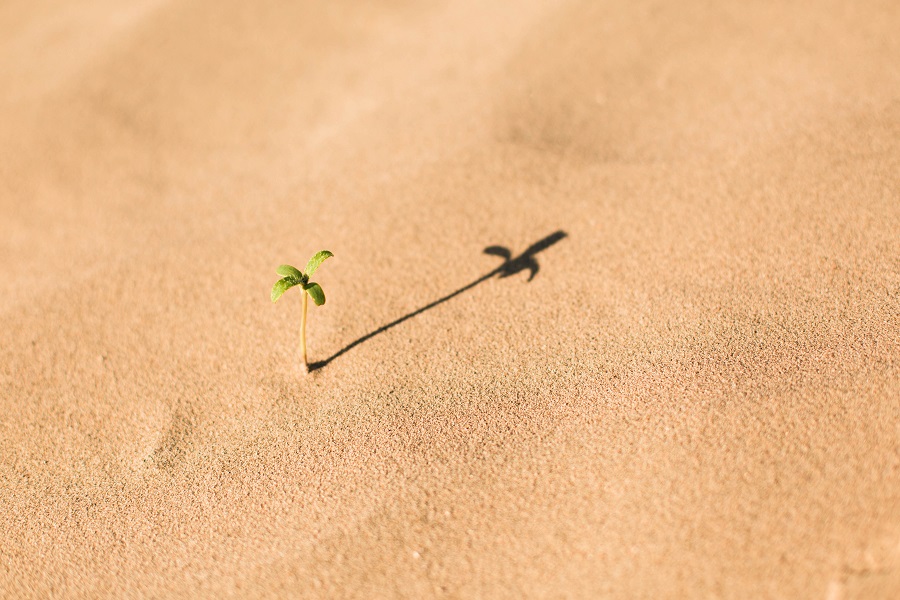The big question is “what next?” How do you go from mere existence to generating revenue? And how do you know when it’s the right time to move from being a startup to being a viable, growing enterprise?
To get some answers we talked to Tom Sponsel, managing partner of Sponsel CPA Group, an Indianapolis-based accounting and business consulting firm, who has been advising entrepreneurs for 40 years. Here are his markers.
There’s Space in the Marketplace
At this stage you should have tested the market, talked to lots of people and determined that there is space in the marketplace for your product or service. Even the best idea won’t go anywhere if there isn’t sufficient demand for it from the potential customer base.
It may be the idea is too far ahead of its time and people aren’t yet willing to pay for what you would provide. (Remember Friendster?) Or there may be a glut of competitors in the marketplace. Is your idea sufficiently different to stand out? Can it be trademarked or patented?
The Right Funding and Expertise
Most small startups rely on “friendly” sources of capital: family, friends, colleagues and self-funding through savings or credit. In general these people will not ask a lot of questions or expect to see a quick return on their investment. The next stage involves seeking out third parties, whether it’s bank loans, grants or “angel” investors.
“You know it’s time to scale up when you have to seek out the next level of investors,” Sponsel says.
Since startups often involve a small number of people — or even one person — another good marker is that the leadership discovers the need for expertise they don’t currently have. It could be that you have the engineering/creative brains but don’t know the first thing about selling or administration.
Startups growing to the second stage find themselves strapped for resources, especially funding and talent. When you experience those needs, it’s a sign.
You Have More Questions Than Answers
One of the best “tells” that a startup is ready to grow is if you’re talking to potential clients or partners and they’re asking questions for which you have few good answers. For example, the potential investor base mentioned above is going to be a lot more demanding than your Uncle Joe or sorority sister. “More seasoned investors are going to want to see financial statements, some type of budget, cash-flow projections,” Sponsel says.
Startups looking to expand to the next level need to develop a detailed business model of how they’re going to turn their product or service into a going concern. If you have more questions than answers, it’s time to grow.
Demand > Production
“You know you’re commercially viable when the demand for your product or service is greatly outstripping your ability to produce it,” Sponsel says.
It’s the simplest but most important indicator: People want your product, and want more of it than you can make. It means whatever you’re doing is right, and you’ve got to scale up to meet the demand.
Have the End in Mind
Sponsel tells entrepreneurial clients, “Begin with the end in mind.”
By that he means you should develop goals for the startup. Do you see this as a business you will grow over the next 20 or 30 years, and eventually pass on to your children or business partners? Or is it an idea you plan to launch and then sell to a larger company?
“Whether you’re in it for the short term or long term, it’s going to have a big impact on how you run the business, and what kind of funding you’re going to need,” Sponsel says.




